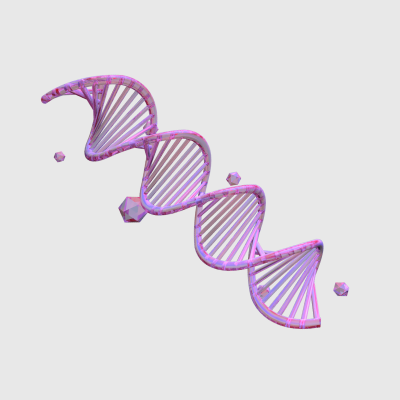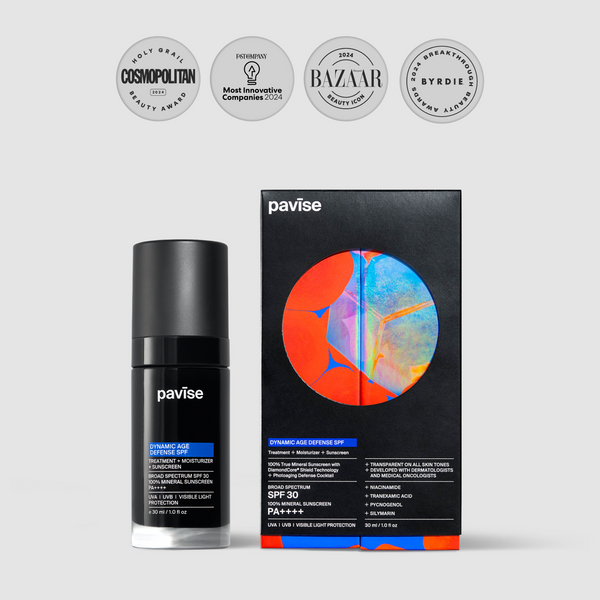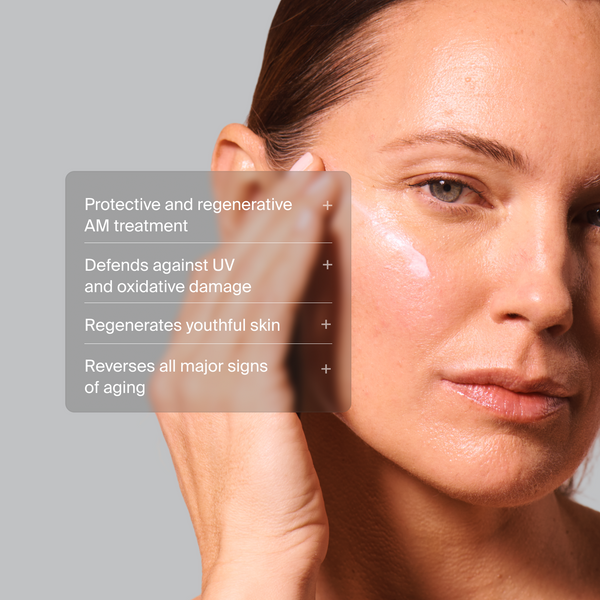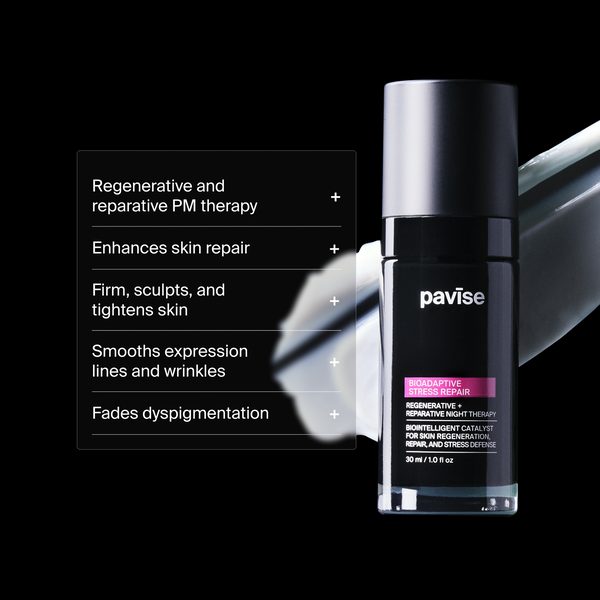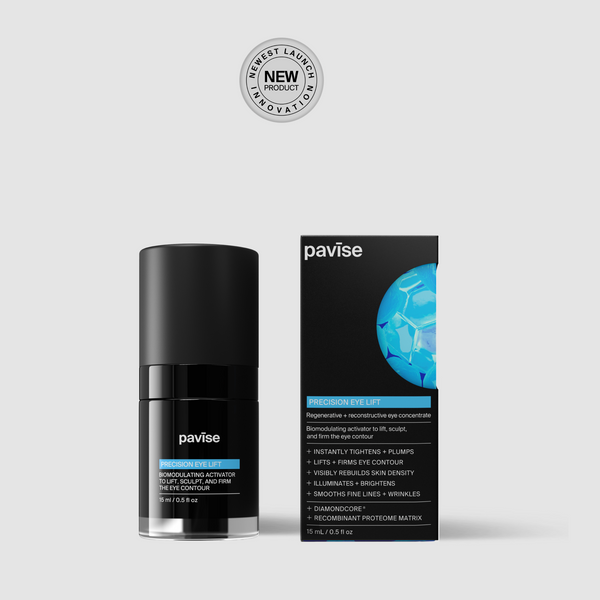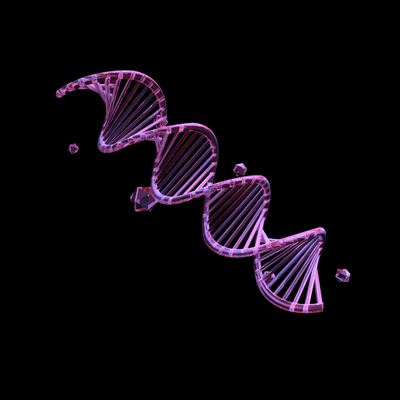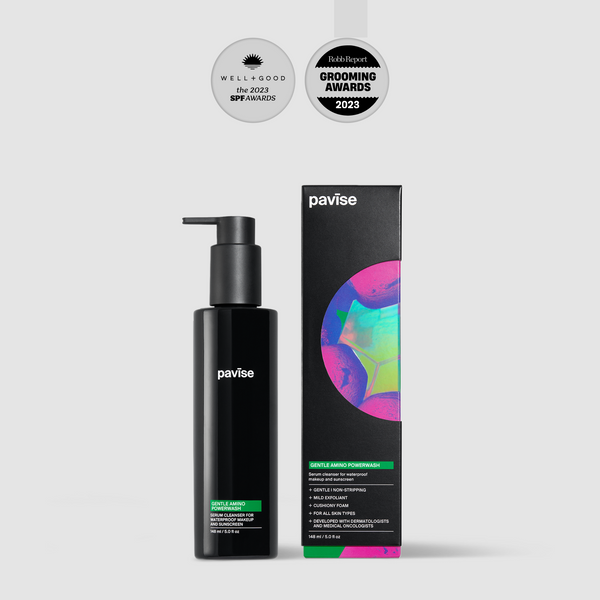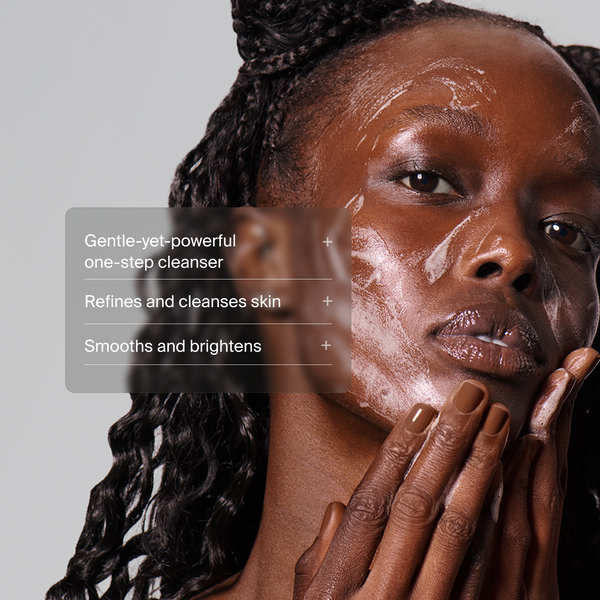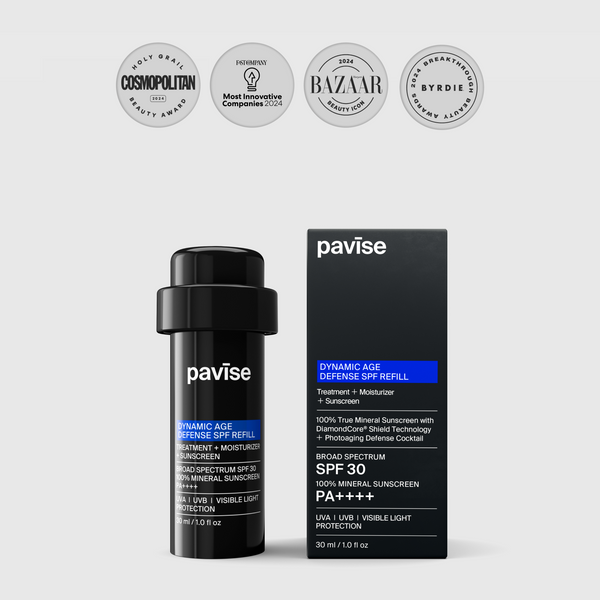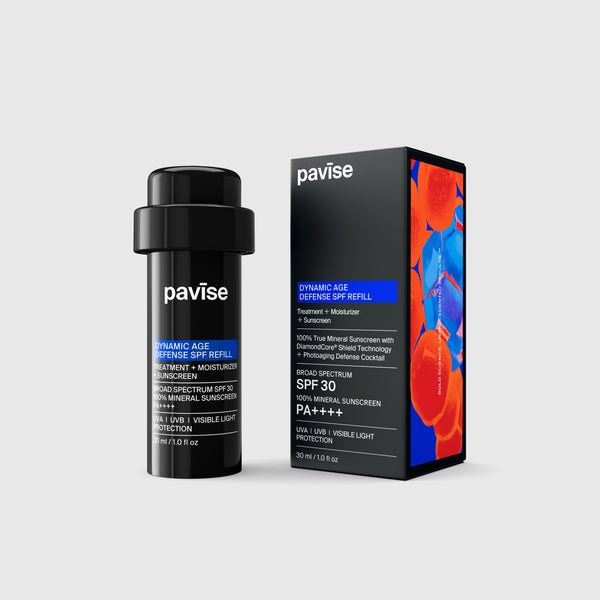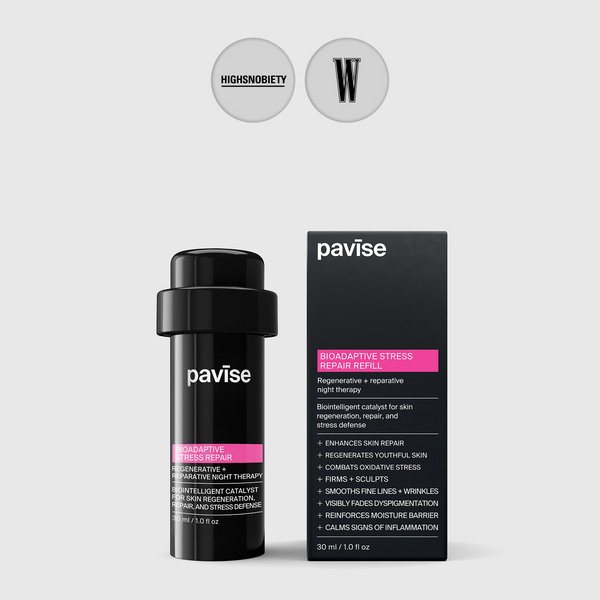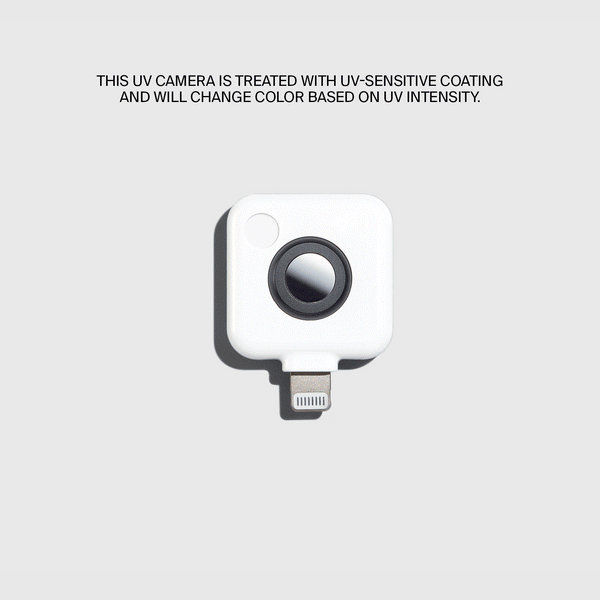Astaxanthin
Astaxanthin is a carotenoid, or type of pigment, that is synthesized by types of bacteria, algae, and plants. As a pigment, it gets its color by absorbing light wavelengths in a specific spectrum. Astaxanthin specifically has shown absorbance between 400 to 500nm, with peak absorbance at 492nm. This means that astaxanthin provides some UV-protective benefits from both HEVL (high energy visible light, 400-495nm) and UVA (320-400nm). Astaxanthin also exhibits potent antioxidant activity and inhibits Reactive Oxygen Species (ROS) formation – the result of skin exposure to pollutants and UV radiation. ROS damage skin cells and contribute significantly to photoaging, collagen degradation, hyperpigmentation, and skin cancer.
Astaxanthin has also been shown to decrease the production of inflammatory molecules in skin that also result from UV exposure. These inflammatory processes and the production of ROS damage DNA, so astaxanthin’s prevention of them prevents DNA damage. However, astaxanthin also promotes natural DNA repair processes in skin cells which means that the pigment is also able to help reverse existing DNA damage.
References:
-
Davinelli, Sergio. “Astaxanthin in Skin Health, Repair, and Disease: A Comprehensive Review.” National Institutes of Health, National Institutes of Health, 20 Apr. 2023, https://www.ncbi.nlm.nih.gov/pmc/articles/PMC5946307/.
-
Rønsholdt, Bent. “FIGURE 1. Absorbance Spectra of Pure Astaxanthin (Concentrations of 2...” ResearchGate, ResearchGate, https://www.researchgate.net/figure/Absorbance-spectra-of-pure-astaxanthin-concentrations-of-2-and-4-mg-L-respectively-in_fig1_238383838. Accessed 11 Apr. 2023.
